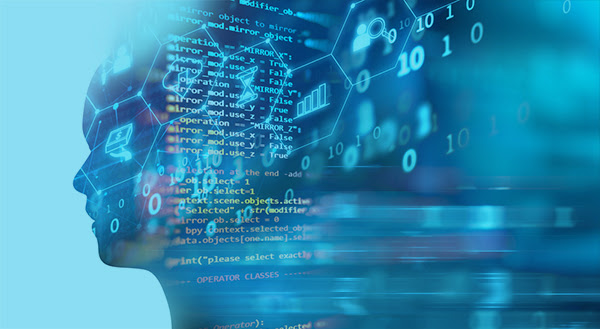Energy

Ken Makovsky
Wednesday, January 18, 2017Tech & Sustainability at CES 2017
Drones, virtual reality, smart robots…these are the things that come to mind when the topic of CES arises. And this year, CES saw even more new technology and innovation with record breaking attendance.
But there’s more than just new shiny tech at CES.
CES can be an innovative breeding ground for new sustainable technologies and products. As more items become smart and efficient, sustainability soars.
Sustainability in the Smart Home
As we’ve seen with the Samsung smart fridge, everyday products in the home are getting smarter every year. This year, CES hosted a Smart Home Marketplace, for companies and start-ups to showcase their smart home devices. According to research by the Consumer Technology Association, the hosts of CES, smart devices are now owned in 15 percent of households.
A large section of the Marketplace was dedicated to smart home systems that help regulate energy and energy usage in the home. Companies like Vine and Vivint showcased intelligent products and services that are dedicated to redefining the home.
Other companies are bringing the connected life to households, but in a more efficient way. Take Ecolink, they are a developer of low power, highly reliable wireless solutions that deliver intelligent wireless security, sensing for home automation devices. Or Zen Ecosystems, who provide simple, powerful energy management tools to businesses and consumers. With their smart thermostat and connected platform, businesses can reduce energy bills by up to 30 percent.
Sustainability Start-Up Solutions
Eureka Park Marketplace is THE place at CES for entrepreneurs to introduce their new ideas to the world. Many of these new technologies bring unique ways to combat environmental and sustainability issues we see across the world.
In an attempt to help consumers save water, companies like Hydrao created smart tools for the shower to reduce water waste in the home. Other companies, like Plume Labs and Pacific Air Filtration, brought clean air technologies to the home and to cities that may be battling poor air quality. The Plume Labs “flow” device can be carried by a consumer and will not only let the user know the quality of the air around them, but also keep a record of the air quality for the user over time.
Eugene by Uzer even created a smart trash can that helps you determine whether or not a product can be recycled. If so, it will show you the proper way to recycle it and even adds that product to your shopping list so you can buy it again.
Sustainability of CES
Even CES itself is sustainable. At CES 2017, more than 1 million square feet of carpet was reused and 330,000 square feet was recycled; more than 33,000 square feet of magnetic banners was recycled; more than 5,660 square feet of vinyl banner materials was repurposed by Sky Group into tarps, hockey rink liners and outdoor movie screens; and more than 4.8 tons of steel and 3,000 pounds of aluminum was melted down and recycled.
What’s more, eight trailers of show materials, totaling more than 78,000 pounds, were donated to Habitat for Humanity, Opportunity Village, Goodwill and Teacher Exchange.
You can find out more about the sustainable side of CES in the CES 2017 Green Guide, created for CTA by Makovsky.










